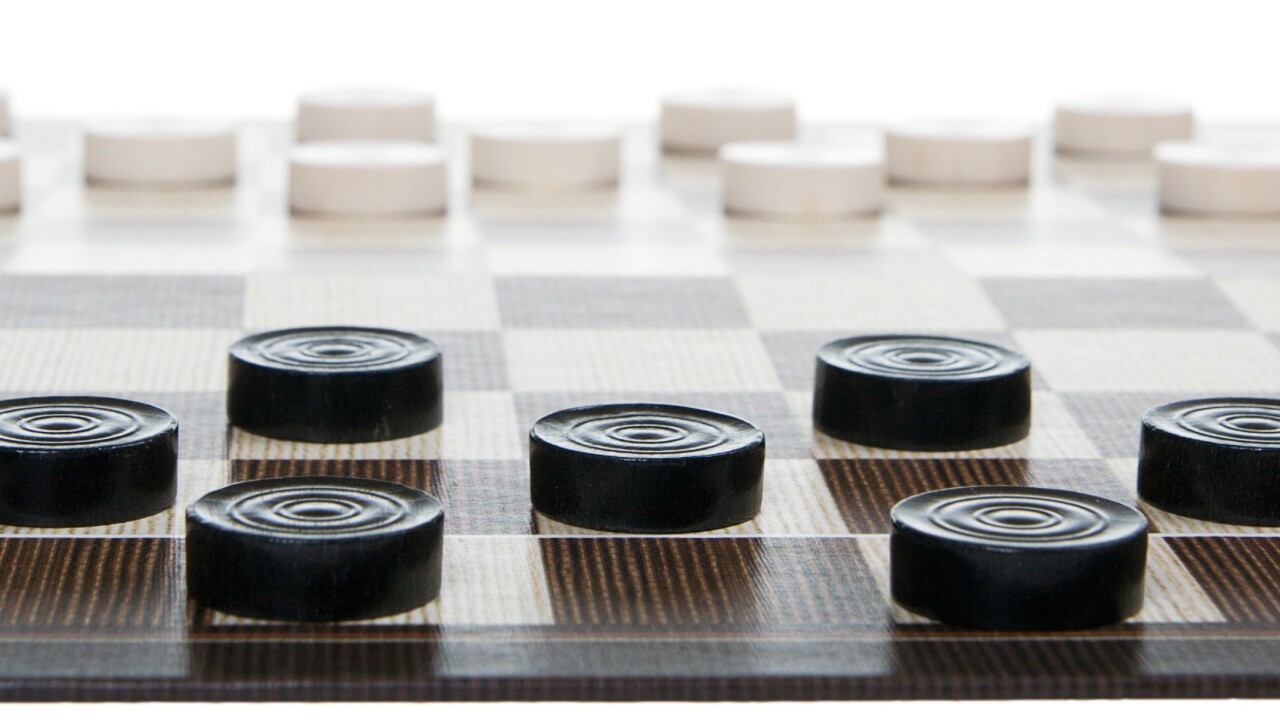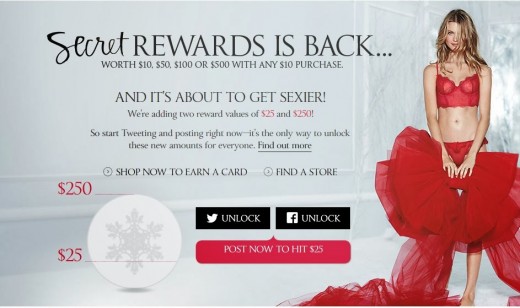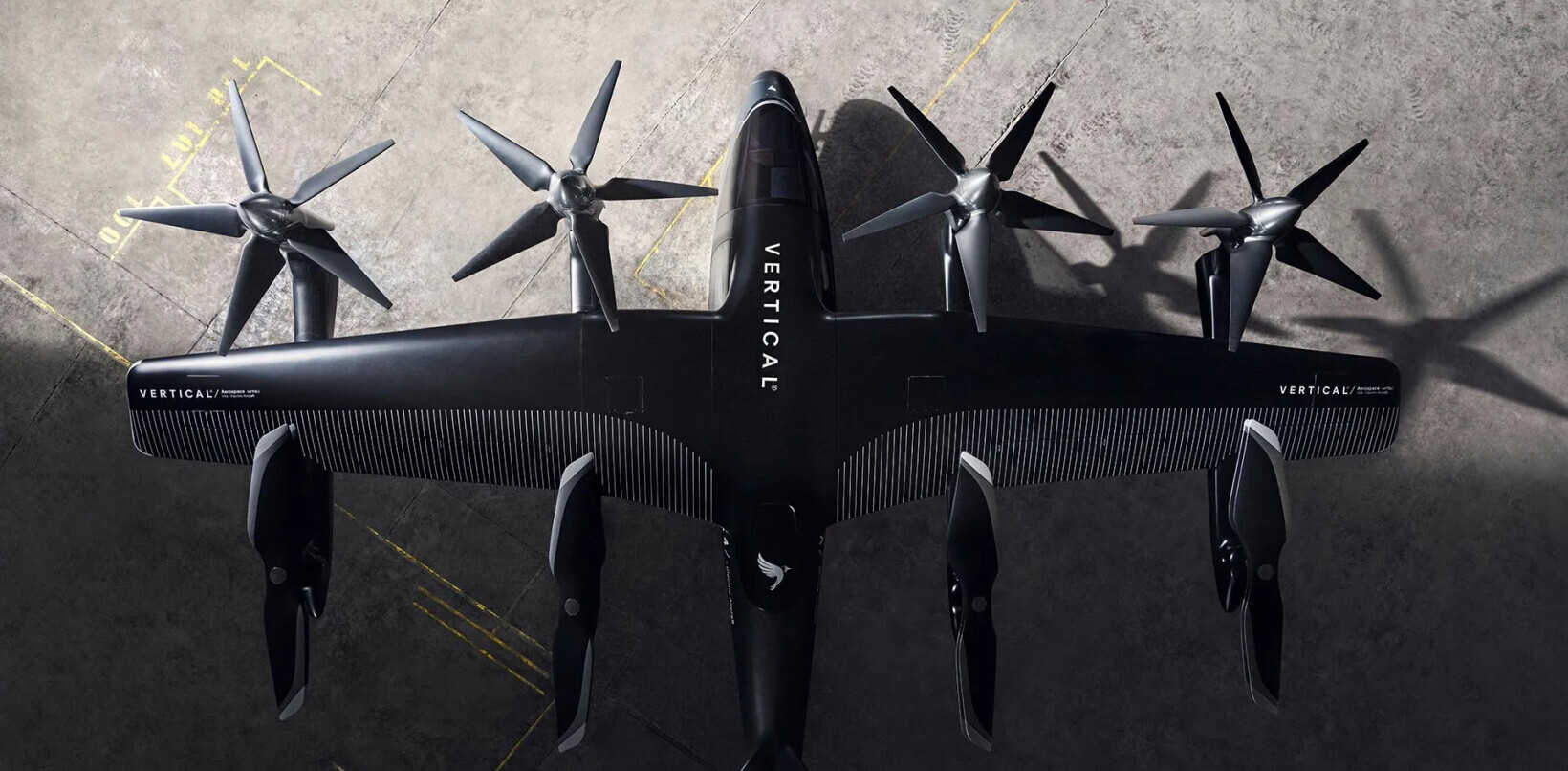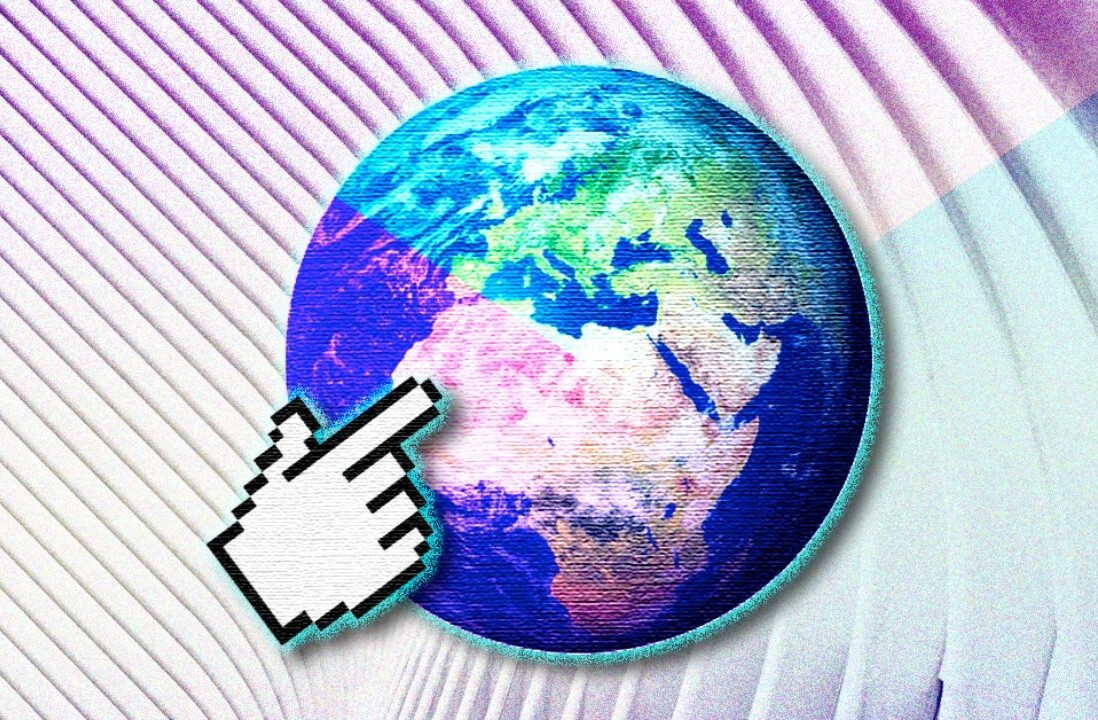
Michela Baxter is the Loyalty Director at ePrize, a technology and creative firm that provides mobile and digital engagement solutions to brands. Specifically, Michela consults with clients on strategic design and program optimization for loyalty/CRM programs.
Gamification can add value to your loyalty program. But with all of the hype, it’s easy to want to just slap on badges and tiers and call your program gamified.
While these tactics work for some audiences, they certainly won’t work for every consumer or brand. So instead of hopping on the gamification bandwagon and cherry picking a game mechanic or two, add value to your loyalty program by applying these four gamification best practices.
In return, you’ll increase engagement and create unique experiences that take the pressure off of earning points and rewards.
1. Identify your gamification objective
Remember a few years ago when marketing executives proclaimed en mass “we have to be on Facebook”? While the intent was good, many early Facebook programs fell flat because marketers didn’t clearly identify what they wanted to get from social engagement. They just needed to be on Facebook.
Avoid that knee jerk reaction when it comes to gamification. Rather than saying, “We need to gamify our program,” identify your marketing objective and then apply the game mechanics that will help you achieve it and are natural extensions of your brand.
2. Create experiences, not games
There is a big difference between a game and gamification. Gamification done right is more than an attempt to evoke fun. It’s about creating a compelling experience that motivates behaviors, not just adding an advergame or instant-win to a program.
Because different people respond to different types of motivation, you should focus on designing holistic experiences – rather than a collection of disconnected actions – that tap into your consumers’ basic drivers.
Are your consumers competitive? Do they seek status? Do they like to collaborate and network? Do they thirst for knowledge? Or perhaps your objective is to create a sense of competition, exclusivity, or community. Identify the basic drivers you want to spark and then develop a holistic user experience that motivates those drivers and delights your members from start to finish.
 In its Dream Holiday Rewards program, Victoria’s Secret clearly wanted to drive sales among its high value customers. A select group of customers were invited to opt-in to the program and collect hearts for making purchases and engaging with the brand.
In its Dream Holiday Rewards program, Victoria’s Secret clearly wanted to drive sales among its high value customers. A select group of customers were invited to opt-in to the program and collect hearts for making purchases and engaging with the brand.
The program uses a tiered structure to encourage its customers to earn even more hearts. At the end of the program, customers are sent eReward cards based on the tier they earned. In this example, Victoria’s Secret strategically used a tiered structure to drive sales and reward its loyal customers.
3. Make the mundane fun
We want to be entertained. Gamification can transform a flat user experience into one that is interactive, entertaining and fun.
Take a cue from Fairmont Hotels. They wanted to increase brand engagement and acquire travel preference data – so instead of asking its Facebook fans to answer a few survey questions (yawn!) they used a personality test where the consumer answered questions by selecting images and at the end was given a travel personality.
Gamification tactics like a personality test not only make the experience of taking a survey more pleasant, they provide the consumer with immediate feedback and you get to learn more about your audience’s preferences.
4. Turn the experience into the reward
Leveraging intrinsic rewards – where the pursuit of the activity is the reward in and of itself – is a commonly used gamification strategy. Simply put, intrinsic rewards make you feel good. And who doesn’t want to feel good?
Loyalty programs can use intrinsic rewards to provide incentives for behaviors that may not directly generate sales, and deliver an immediate reward that has high emotional value. Your members will attach that emotional glow to your brand, ultimately strengthening your relationship and motivating them to come back.
Better yet, intrinsic rewards don’t cost anything. It’s a win-win!
In its #CALLINGIT campaign, My Coke Rewards used Twitter to create a social experience where the interaction on the platform itself was the reward. Members tweeted their college football predictions using the #CALLINGIT hashtag (who wins a game, a blocked field goal, even a streaker at halftime). The person who got the most retweets over a period of time won a prize.
In this gamified social experience, My Coke Rewards used community, self-expression, and immediate feedback to give its consumers a public platform to share their thoughts – making the experience the reward – even if the person didn’t win the prize.
As you think about enhancing your loyalty program, judicious use of gaming strategies can help increase engagement and create a unique member experience that deepens the brand relationship.
Get the TNW newsletter
Get the most important tech news in your inbox each week.




